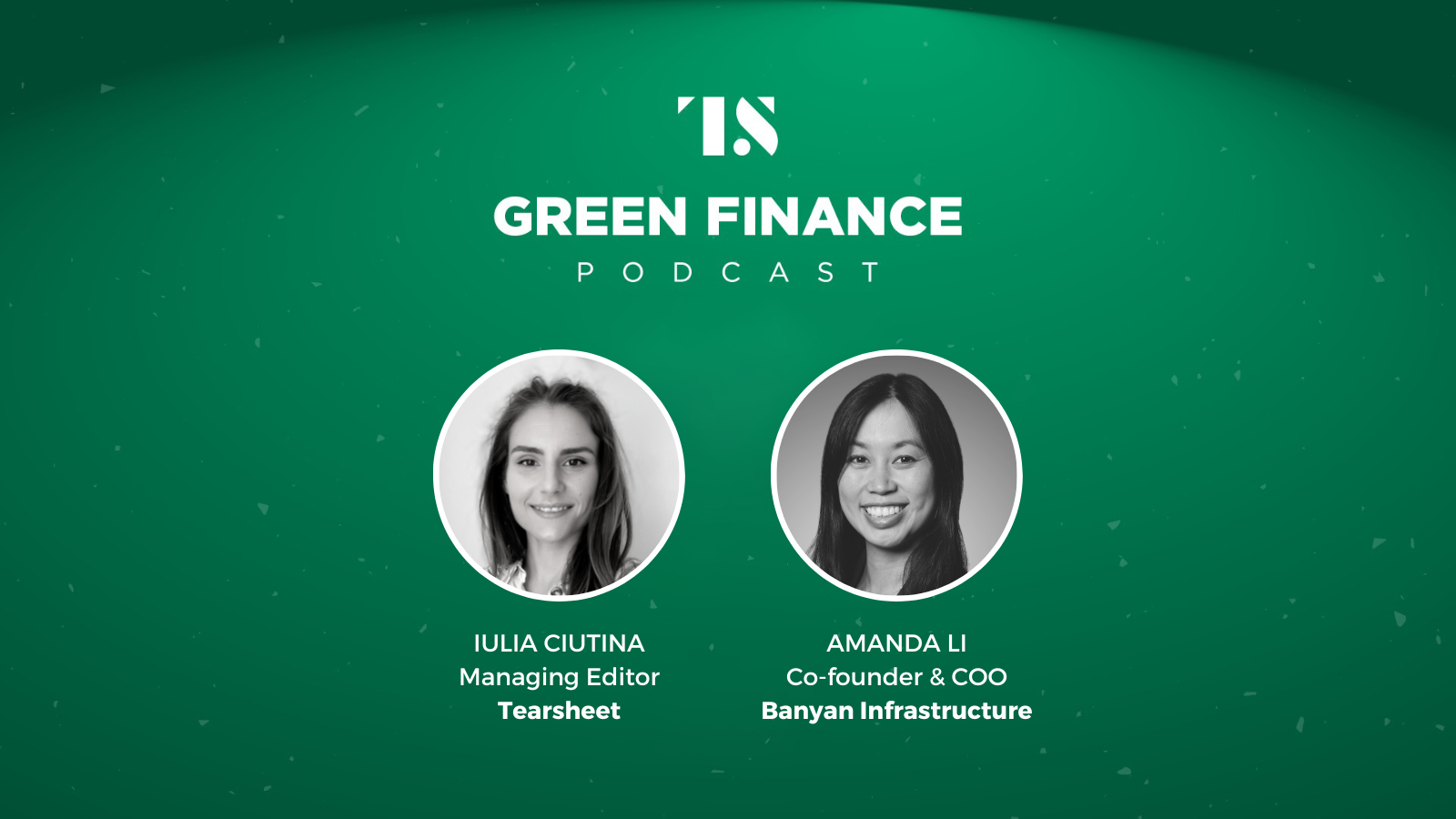The Green Finance Podcast
The Green Finance Podcast Ep. 12: How do we make investments green, without going into the red?
- While demand for sustainable investments is growing, connecting it to the supply side remains challenging. Project financiers usually take less technical risks on more mature technologies, and when it comes to sustainability, many technologies are new.
- Our guest today is Amanda Li, Co-Founder and COO of Banyan Infrastructure, an investment facilitator on a mission to unlock capital for the financing of green infrastructure projects of all sizes in a profitable way.








